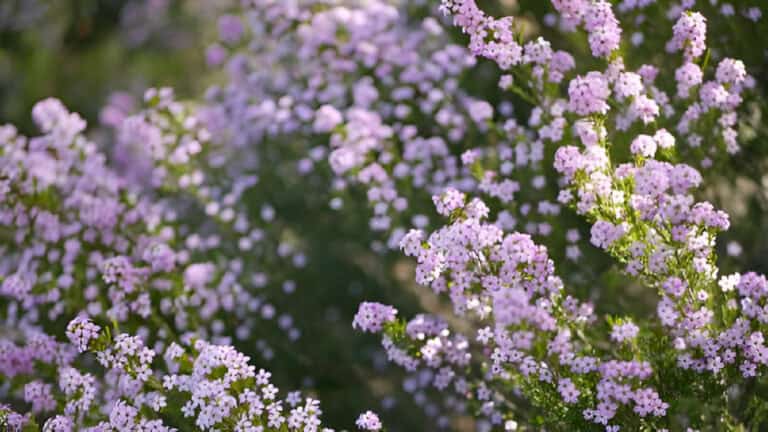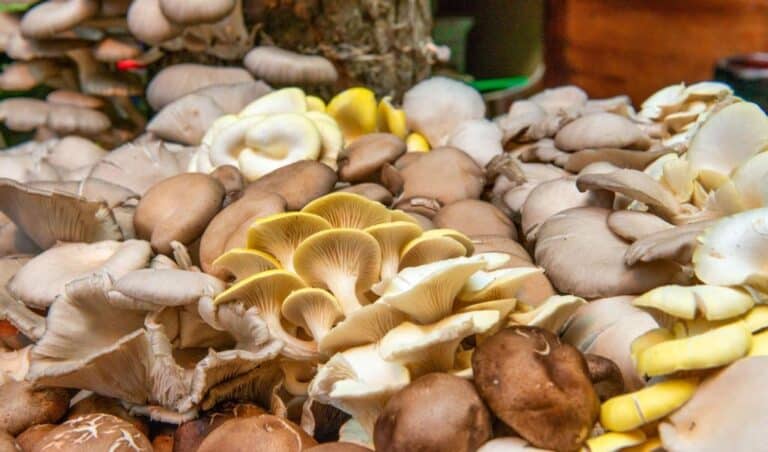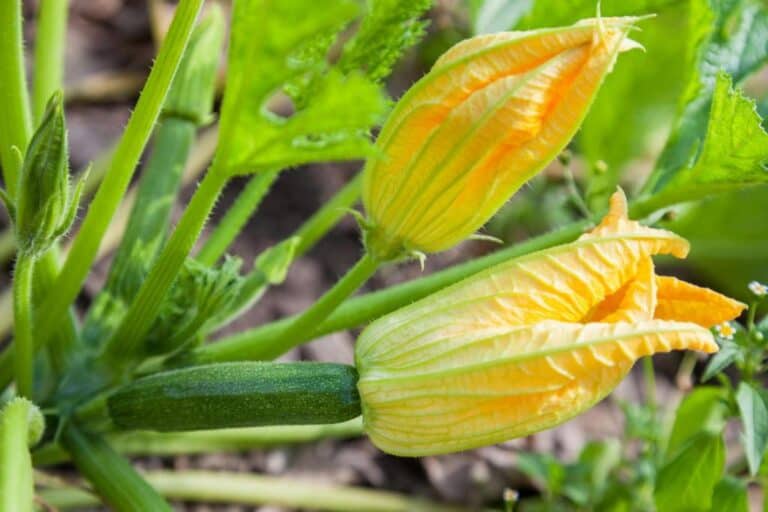Pruning Purple Heart Plants: A Step-by-Step Guide
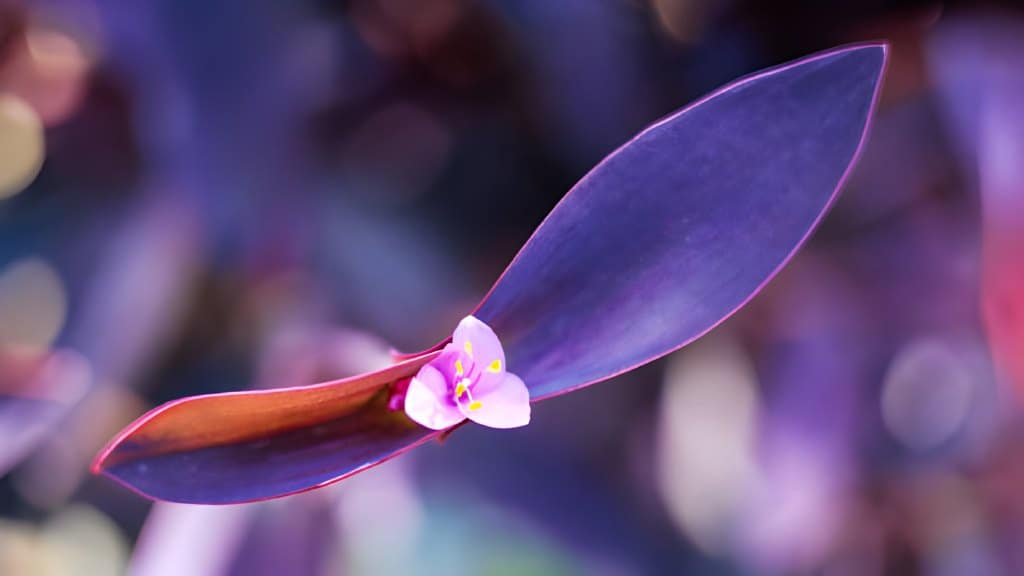
Purple Heart plants have striking purple leaves. They are a great addition to any garden or indoor space. These tough plants are also called Tradescantia pallida. They are easy to care for, but they need regular pruning. This is key to keeping their lush growth and vibrant color.
However, to keep them looking their best, proper pruning is essential. In this step-by-step guide, we’ll walk you through everything you need to know about pruning purple heart plants.
This is a step-by-step guide. We will walk you through the process of pruning Purple Heart plants. This will keep them healthy and beautiful.
Why Prune Purple Heart Plants?
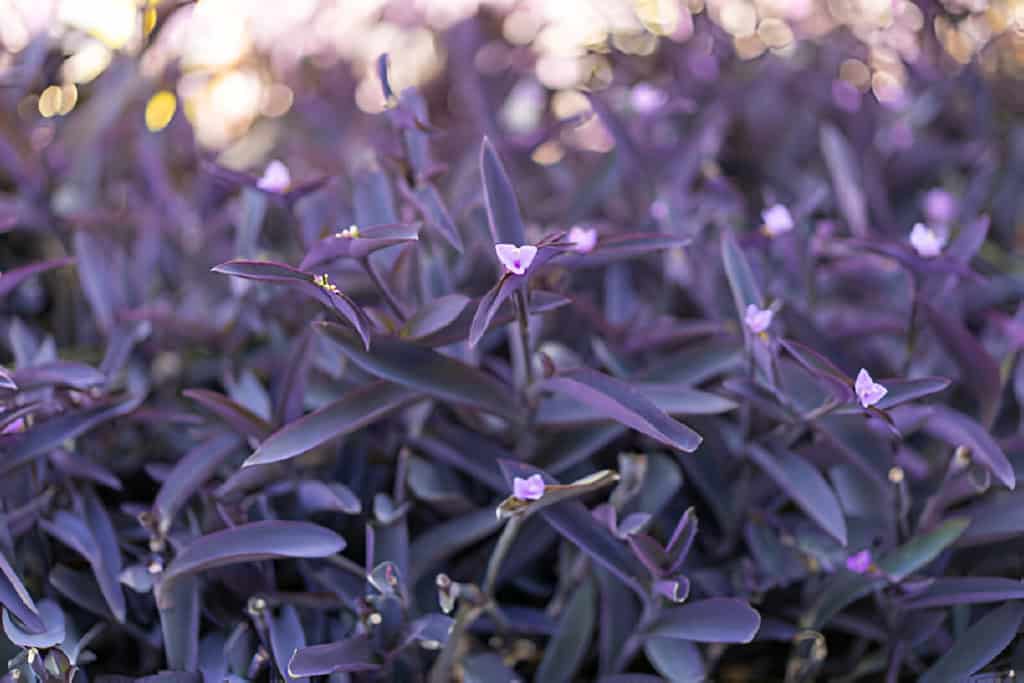
Pruning is a crucial aspect of maintaining the health and aesthetics of Purple Heart plants. Here are a few reasons why pruning is necessary:
- Encourages New Growth: Regular pruning stimulates new growth, resulting in a fuller and more vibrant plant.
- Prevents Legginess: Without pruning, Purple Heart plants can become leggy, with long, sparse stems. Pruning helps maintain a compact and bushy appearance.
- Removes Dead or Damaged Foliage: Pruning lets you remove dead or damaged foliage. This can harm the plant’s health.
- Improves Air Circulation: Pruning thins dense foliage. This improves air flow. Itreducess the risk of fungal and other diseases.
When to Prune Purple Heart Plants
The timing of pruning is essential to ensuring the best results. Purple Heart plants can be pruned throughout the year, but the ideal times are during the growing seasons—spring and summer. Pruning during these periods encourages robust growth and helps the plant recover quickly. However, light pruning can be done anytime to remove dead or damaged leaves.
Tools You Will Need
Before you start pruning, gather the necessary tools to ensure a clean and efficient process. Here’s what you’ll need:
- Pruning Shears: Sharp, clean shears are essential for making precise cuts.
- Gloves: Protect your hands from any potential irritants.
- Disinfectant: To clean your tools before and after pruning, preventing the spread of diseases.
Step-by-Step Pruning Guide
1. Inspect the Plant
Begin by thoroughly inspecting your Purple Heart plant. Look for any signs of legginess, dead or damaged leaves, and overcrowded areas. Identifying these issues will help you determine where to focus your pruning efforts.
2. Remove Dead and Damaged Leaves
Using your pruning shears, carefully cut away any dead, damaged, or discolored leaves. Make your cuts at the base of the leaf stem to prevent any remaining stubs from becoming entry points for diseases.
3. Trim Leggy Stems
To maintain a compact and bushy appearance, trim back any leggy stems. Cut the stems just above a leaf node (the point where leaves attach to the stem) to encourage new growth from that node. This will help the plant grow fuller and more attractive.
4. Thin Out Overcrowded Areas
If your Purple Heart plant has become too dense, thin out the foliage to improve air circulation. This step is particularly important in humid climates, where poor airflow can lead to fungal infections. Remove entire stems if necessary to create more space within the plant.
5. Shape the Plant
To maintain a pleasing shape, trim the edges of the plant, especially if it has started to spread beyond its intended area. Keep your cuts clean and even to avoid damaging the surrounding foliage.
6. Clean Up
Dispose of all the pruned leaves and stems properly. Leaving them on the ground can attract pests and diseases. Clean your tools with disinfectant to prevent the spread of any potential pathogens.
Table: Pruning Schedule
| Season | Tasks | Benefits |
| Spring | Remove winter damage, shape plant | Encourage new growth, prepare for growing season |
| Summer | Trim leggy stems, thin overcrowded areas | Maintain plant health, encourage bushier growth |
| As Needed | Remove dead or damaged leaves | Prevent disease spread, maintain aesthetic appearance |
Aftercare Tips
After pruning, proper aftercare is essential to helping your Purple Heart plants recover and thrive. Here are some tips to ensure your plants stay healthy:
Watering
Water your Purple Heart plants thoroughly after pruning to help them recover from the stress. However, be careful not to overwater, as these plants prefer well-drained soil and can suffer from root rot if left in soggy conditions.
Fertilizing
Feed your Purple Heart plants with a balanced, slow-release fertilizer in early spring and summer. This provides the necessary nutrients for healthy growth and helps the plant recover from pruning.
Sunlight
Ensure your Purple Heart plants receive adequate sunlight. These plants thrive in bright, indirect light but can also tolerate partial shade. Proper lighting is crucial for maintaining their vibrant purple color.
Common Pruning Mistakes to Avoid
Over-Pruning
While it’s important to keep your Purple Heart plants tidy, over-pruning can stress the plant and inhibit its growth. Aim to remove no more than one-third of the foliage at a time to ensure the plant can recover and continue to thrive.
Pruning at the Wrong Time
Pruning at the wrong time can leave your plant vulnerable to diseases and weather damage. Stick to the recommended pruning schedule to maximize the benefits and minimize the risks.
Using Dirty Tools
Always clean your pruning tools before and after use to prevent the spread of diseases. Dirty tools can introduce pathogens to your plants, causing more harm than good.
Troubleshooting Common Issues
Even with proper care, Purple Heart plants can sometimes encounter issues. Here are some common problems and how to address them:
Yellowing Leaves
Yellowing leaves can be a sign of overwatering or nutrient deficiency. Ensure the soil is well-drained and not waterlogged. Consider using a balanced fertilizer to provide essential nutrients.
Brown Tips
Low humidity or too much direct sunlight are common causes of brown tips. Increase the humidity around the plant by misting the leaves or placing a humidifier nearby. Move the plant to a location with bright, indirect light.
Pests
Purple Heart plants can occasionally attract pests like spider mites and aphids. Regularly inspect your plants for signs of pests and treat them promptly with insecticidal soap or neem oil.
Conclusion
Pruning Purple Heart plants is a simple yet essential task that ensures your garden remains healthy and beautiful. Follow this step-by-step guide. It will help you keep your Purple Heart plants healthy. It will also help you prevent diseases and promote strong growth. Remember to prune at the right times, use the proper tools, and provide the necessary aftercare to help your plants thrive.
With a little effort, your Purple Heart plants will reward you. They have lush, vibrant leaves. These leaves will enhance the charm and elegance of your garden. Happy gardening!

